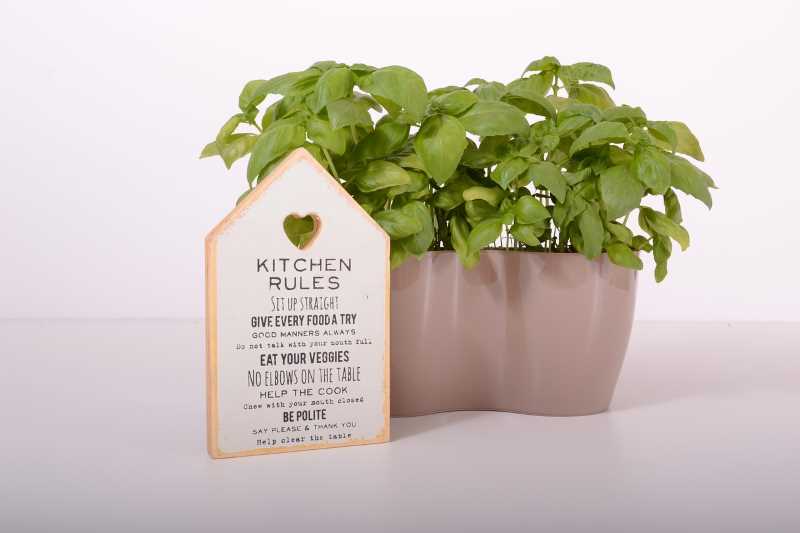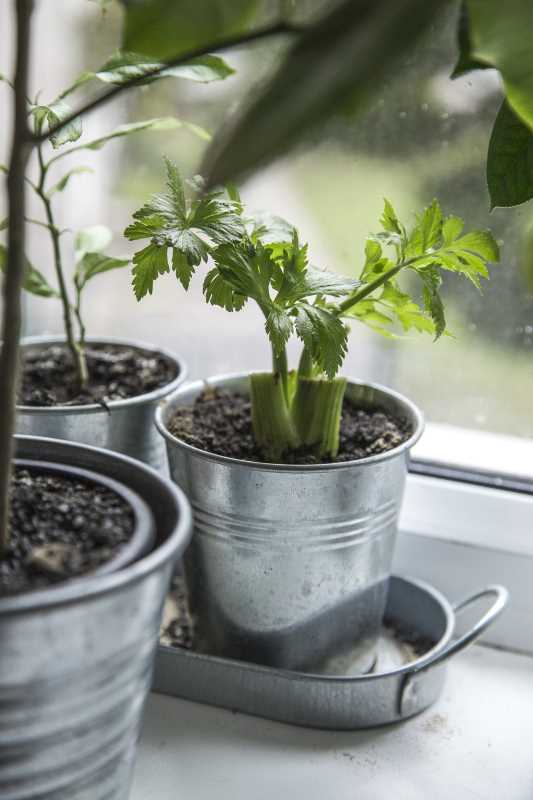How to Start A Herb Garden Indoors
Gardening5 minutes read
3297 views
3297 views
(Guest Writer: Tudor Constantine)
Growing your own food is good not just for your health, but also for the environment. Even if you don’t have a yard or a lot of space, you can start small and make the most out of what you already have. Herbs are very easy to grow; they don’t take a lot of space and are also easy to maintain. Plus, they are very diverse, and you can use them for multiple purposes.
Starting an indoor herb garden can be easier than you thought. Start with a few herbs and, soon enough, you will be surprised to find that you have a beautiful indoor garden that is thriving without too much effort from your part. And, as you learn more about taking care of your small indoor garden, you will get better results.

Image © Pixabay.com
The Right Lighting And Temperature For Indoor Herbs
As you know, light is absolutely essential for any plant, and herbs are no different. They prefer a lot of light, and they need exposure to direct sunlight for approximately eight hours every day. You need to have a balcony or large windows and place your herbs in direct sunlight. This way, they will grow beautifully, and they will even taste better because they will be richer in nutrients.
There are alternatives to natural sunlight if you just don’t have large windows or a balcony. There are various bulbs that you could use, even ones that are specifically designed for indoor gardens. However, for beginners, it’s best to stick to natural lighting. Sunlight also equals warmth, and herbs need constant medium warmth.
For most herbs, the indoor temperature should not be higher than 70 degrees or lower than 60 degrees. Keep in mind that all herbs have specific natural rhythms, alternating between active periods and dormant periods. During winter, it’s alright for your herbs to be kept in slightly lower temperatures. Also, keep your herbs away from the draft by insulating windows.
The Best Soil And Pots For Indoor Herbs
Once you’ve decided what herbs you want to start growing indoors, the first thing to know is that they should be potted separately. Each herb has different requirements and will evolve differently. It’s harder to make any changes if you plant a multitude of herbs in one big pot. Drainage is also very important, so make sure to choose pots that have drainage holes.
If you want to start an indoor herb garden, you need to choose the adequate soil for indoor plants. Never use plain dirt that you can find outside. Its composition and density are not suitable for indoor plants, and it also has potentially harmful bacteria or parasites. Choose a special potting mix that is safe to use indoors, and that is also effective.
When it comes to fertilizers, herbs require a high concentration of nitrogen. In order to get that, you should use fertilizers that are based on seaweed or fish. It’s also important to fertilize more often during the herbs’ active phase and less frequently during the cooler months. Seedsandmore.net is a good resource for more information on soil and fertilizers.

Image © Pixabay.com
Watering Indoor Herbs
The soil should never be drenched in water, and this means you shouldn’t water your indoor herbs too often. Remember that even if the top seems to be too dry, the moisture is retained at the bottom of the pot. Healthy herbs have strong roots that are able to reach the base of the soil in search of water.
On the other hand, it’s also important to allow enough time for the water to actually be absorbed into the soil instead of just passing right through it. Watering your indoor herbs is a beautiful, gentle act that should be done with care and patience. Plants also enjoy regularity. Try to establish a watering schedule and stick to it.
Don’t water your herbs chaotically, whenever you remember and definitely don’t water them on a daily basis. Pick two or three days out of the week to water your indoor herbs and do it at approximately the same hour, preferably early in the morning or in the evening. If the soil is dry, you should place the pots further away from sunlight.
In Conclusion
Ensure that your indoor herbs get the following: sufficient lighting, regulated temperature and water intakes, and the right pots, soil, and fertilizer. With these elements properly in place, you can enjoy an indoor herb garden that will serve your feeding needs well in future.
Request for quotes and we'll match you with a selection of Interior Designers!
Previous
How to Turn Your Kitchen into A 5-star Cooking Space


 Sign Up with Google
Sign Up with Google

.jpg)

